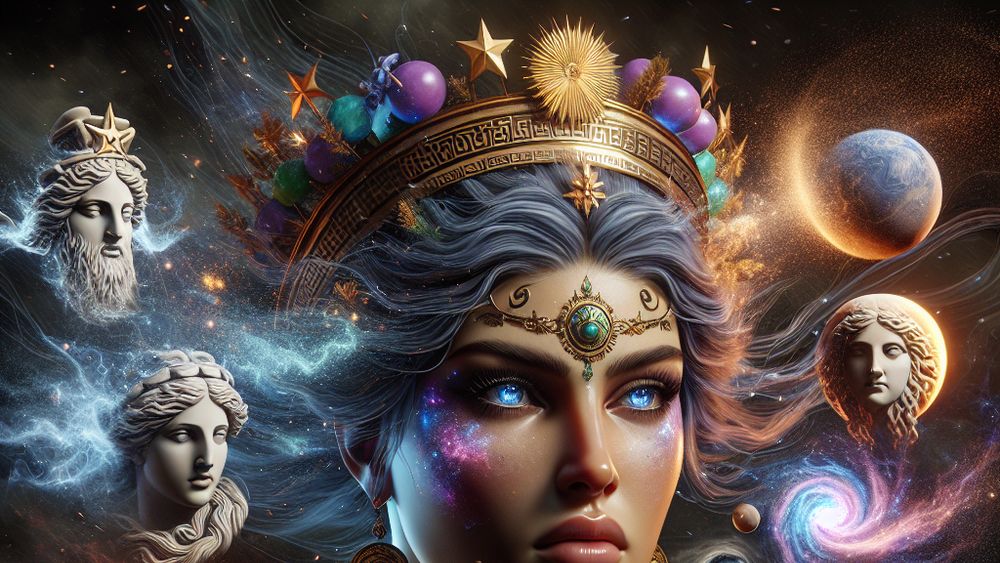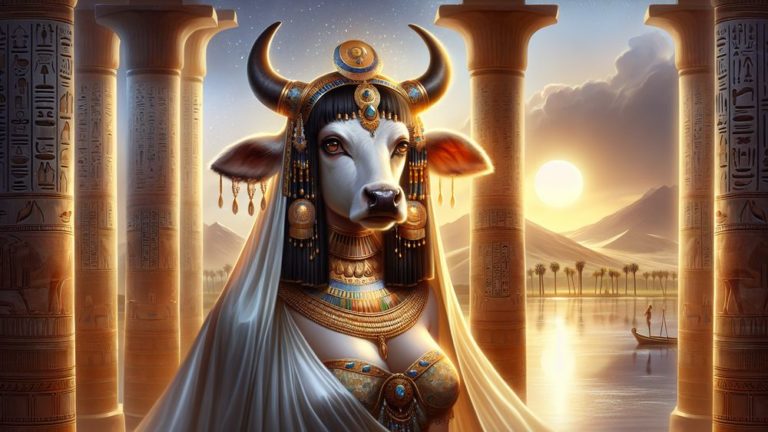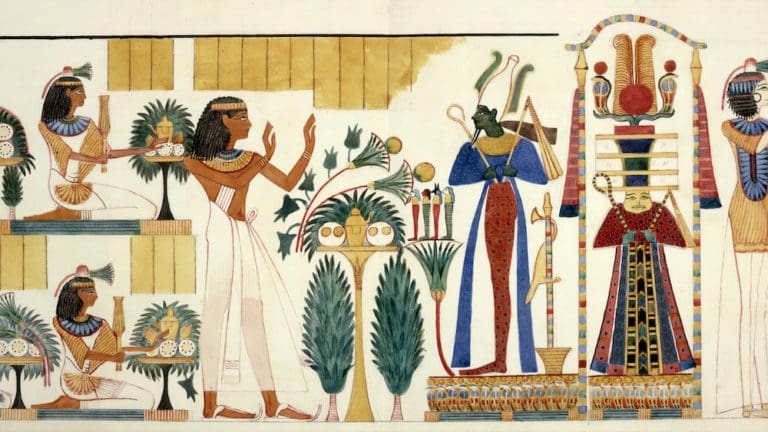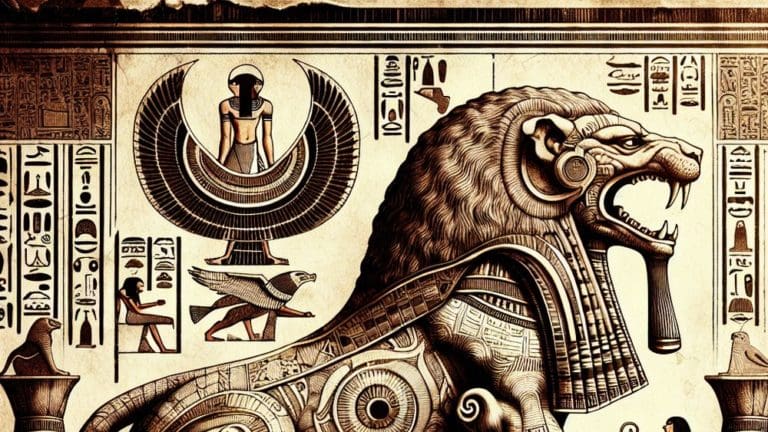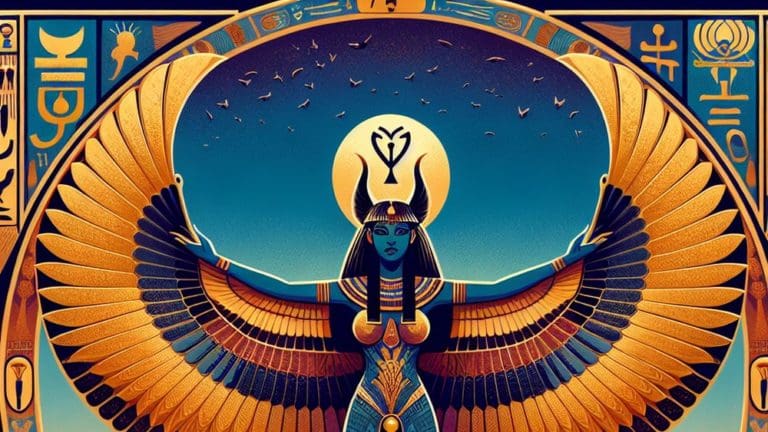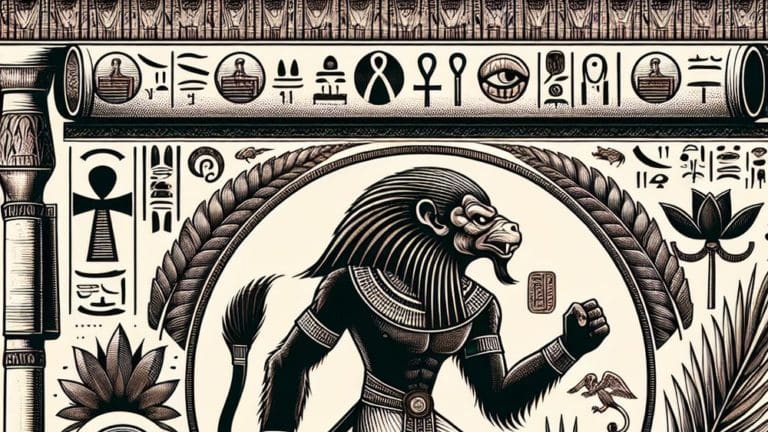Bia: Greek Goddess Of Force, Might and Power
Bia: Greek Goddess Of Force, Might and Power
Bia might not be the first name that pops when you think Greek mythology, but oh boy, does she pack a punch. This goddess of force, might, and power is about as intense as they come. Seriously, imagine having the job of personifying strength itself. No big deal, right?
Key Points:
- Bia is the Greek goddess of force, might, and power.
- Bia is the daughter of Pallas and Styx, making her a key player in Greek mythology.
- Bia has siblings including Kratos (Strength), Nike (Victory), and Zelus (Zeal).
- Bia played a crucial role in the Titanomachy and the punishment of Prometheus.
- Bia symbolizes raw power and determination in Greek mythology.
- Bia’s essence represents the unstoppable force that even the mightiest deities respected.
- Bia’s story serves as a reminder of the power of strength and will.
She’s not your everyday household name like Zeus or Athena, but that doesn’t mean her stories are any less awesome. In the tales where she does show up, Bia is always doing something utterly jaw-dropping. It’s like every time she steps onto the scene, you know things are about to get real.
The Origins and Family of Bia
Diving into Bia’s backstory, it’s like peeking into the who’s who of ancient Greek deities. Her family tree is a direct line to some pretty serious heavyweight gods. Trust me, it’s juicy stuff.
The Titaness Bia: A Brief Overview
Bia is not just any goddess; she’s the physical embodiment of force and strength. Born to Pallas and Styx, she’s essentially Greek mythology’s version of a superhero. Seriously, her origin story is like something straight out of a comic book.
She is one of those characters that you might not see coming, but once you know about her, everything makes a bit more sense. Bia’s essence is about raw power and the ability to exert will over others, making her a key player in the pantheon, even if she’s not always in the spotlight.
Bia embodies raw power and the ability to exert will, akin to a superhero in Greek mythology, making her a significant figure in the pantheon.
Genealogy of Bia: Connecting the Divine Dots
To get a clearer picture of where Bia fits into the Greek pantheon, let’s break down her divine lineage:
| Relative | Connection |
|---|---|
| Pallas | Father |
| Styx | Mother |
| Zeus | Uncle |
| Nike, Kratos, and Zelus | Siblings |
This table shows Bia is tightly integrated into the core of Greek mythology, underscoring her importance beyond just the stories she appears in.
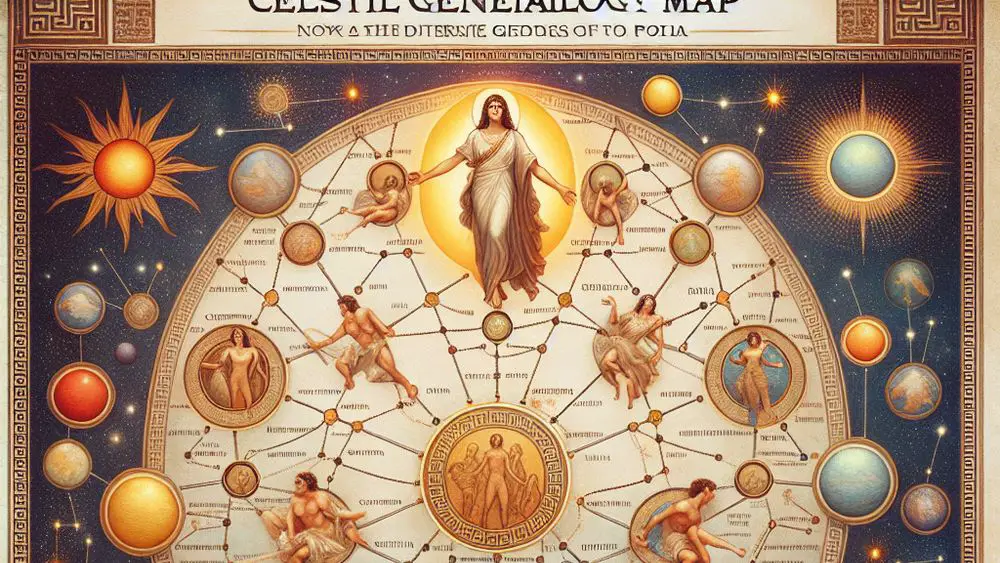
Siblings of Bia: Partners in Power
Bia didn’t roll solo; she had some pretty cool siblings who were all about personifying major concepts:
- Kratos (Strength)
- Nike (Victory)
- Zelus (Zeal)
These four were like the ancient world’s dream team of personifications. Whether it’s victory in war, the zeal to pursue objectives, or the physical power to achieve them, Bia and her siblings covered all the bases. They were companions not just by blood but by their roles in the cosmic order of Greek mythology.
The Mythological Exploits of Bia
When it comes to the tales of Greek gods, Bia’s actions are epic and full of might. Her exploits define her as a key player in the cosmic dramas of the ancient world.
Bia in the Titanomachy: A Force for Zeus
During the Titanomachy, the all-out war between the Titans and the Olympians, Bia stood firmly by Zeus’ side. Her role was crucial; imagine the sheer force required to battle titans. Bia wasn’t just there for the ride; she was Zeus’ literal muscle, helping to shift the balance in favor of the Olympians. This shows Bia’s incredible power and her vital contribution to the victory of the Olympian gods over the Titans.
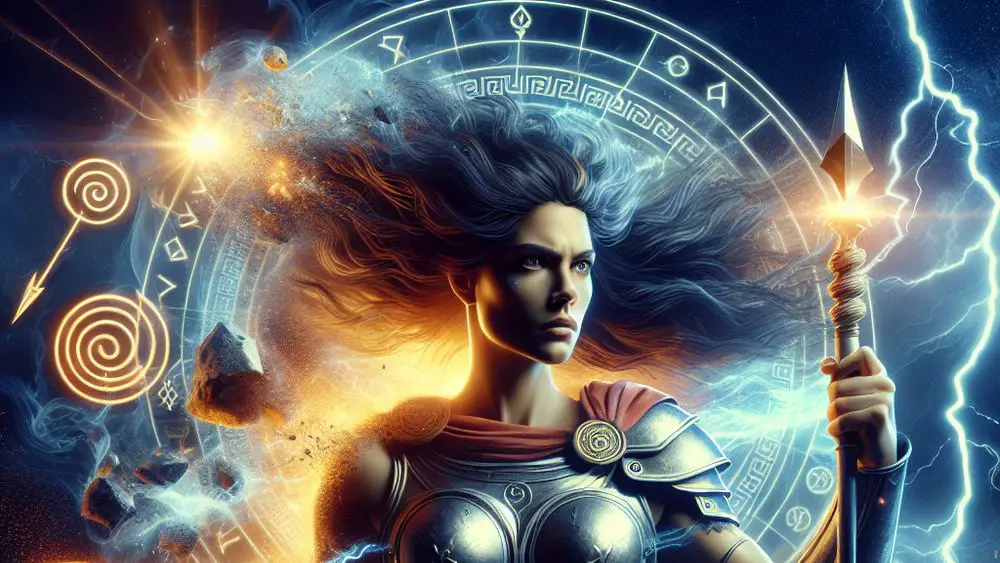
Bia’s unwavering support and immense strength played a pivotal role in the Olympians’ triumph over the Titans during the Titanomachy.
The Punishment of Prometheus: Bia’s Role
In the intricate tapestry of Greek mythology, Bia played a significant role in the punishment of Prometheus. As a goddess embodying force and power, Bia was instrumental in carrying out the consequences imposed on Prometheus for his defiance against the gods. Her presence in this event underscored the relentless and unforgiving nature of divine retribution.
The involvement of Bia in the punishment of Prometheus highlights the intricate balance between power and consequence in Greek mythology. As a goddess of force, her role in enforcing divine justice was pivotal, shaping the narrative of Prometheus’s defiance and subsequent punishment.
List of All Greek Deities
Exploring the world of Greek mythology offers an endless well of stories, characters, and divine intrigue. Each deity, from the all-powerful Olympians to the myriad minor gods, plays a distinct role, embodying different aspects of life, nature, and human experience. While Bia represents force, might, and power, the Greek pantheon includes a wide array of gods and goddesses, each with their unique attributes, stories, and lessons. Delving into this extensive list not only enhances our understanding of ancient narratives but also offers insights into the values, fears, and aspirations of the ancient Greeks.
To truly appreciate the depth and diversity of Greek mythology, one must explore the entire pantheon, from the well-known deities like Zeus and Athena to the lesser-known yet equally fascinating figures like Bia. Understanding these divine characters provides a richer perspective on the ancient myths and their enduring legacy. For a comprehensive exploration of these divine beings, delve into this detailed guide to all the Greek mythology gods and goddesses, where you’ll find stories, symbols, and the interconnected relationships that paint a vivid picture of the ancient Greek divine landscape.
FAQs
1. How is Bia related to Zeus and the other Olympian gods?
Bia’s relationship to Zeus and the other Olympian gods is through her lineage as a daughter of the Titan Pallas and the Oceanid Styx. She is a direct sibling to Nike (Victory), Kratos (Strength), and Zelus (Zeal), making her a crucial companion to the Olympians, especially during significant mythological events like the Titanomachy.
2. What symbols are associated with Bia in Greek mythology?
Symbols associated with Bia in Greek mythology are not as commonly defined as those of other deities, but her embodiment of force and power itself acts as her symbol. Her representation alongside her siblings as personifications of Zeus’s allies further cements her imagery tied to the strength and might of the Olympian cause.
3. Can Bia be considered a goddess of war due to her attributes?
Considering Bia’s attributes, she indeed embodies the spirit of a warrior, but to classify her strictly as a goddess of war might stretch her traditional domain. Her essence is more focused on the sheer force and the power behind the act, rather than the complex stratagems of war, which are more explicitly attributed to other deities like Ares or Athena.
4. How is Bia depicted in ancient Greek art and literature?
In ancient Greek art and literature, Bia is often depicted as a formidable figure, symbolizing strength and force. Though not as prominently featured as some of the other gods, her presence is felt especially in scenes depicting the Titanomachy where she stands beside Zeus, reinforcing his might with her own undeniable power.
Conclusion
Bia’s legacy in Greek mythology isn’t just about being another name among the gods. It’s about representing the raw, unstoppable force that even the mightiest of deities respected and employed in their darkest hours. Her story reminds us of the power of determination, strength, and the undeniable force of will. So, the next time you come across a challenge that seems insurmountable, think of Bia and the pure, unbridled force she symbolizes.
Maybe she doesn’t get the limelight like Zeus or Athena, but Bia’s essence trickles down through myths as a testament to the power and strength inherent in all of us. Thanks for diving into the world of Bia with me. I really hope you found it as awesome as I did sharing it. Until next time, stay curious!
Cedric

